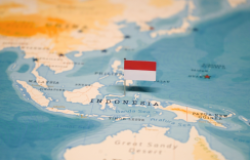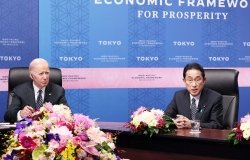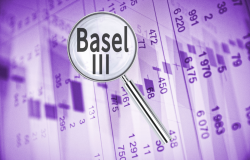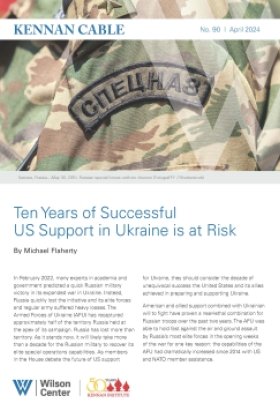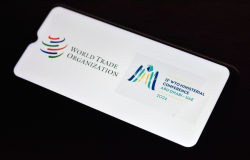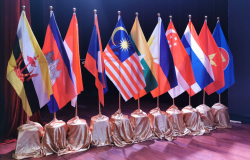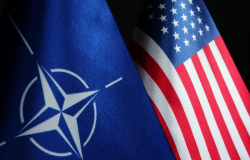Australia’s Deepening Ties with ASEAN Benefits America
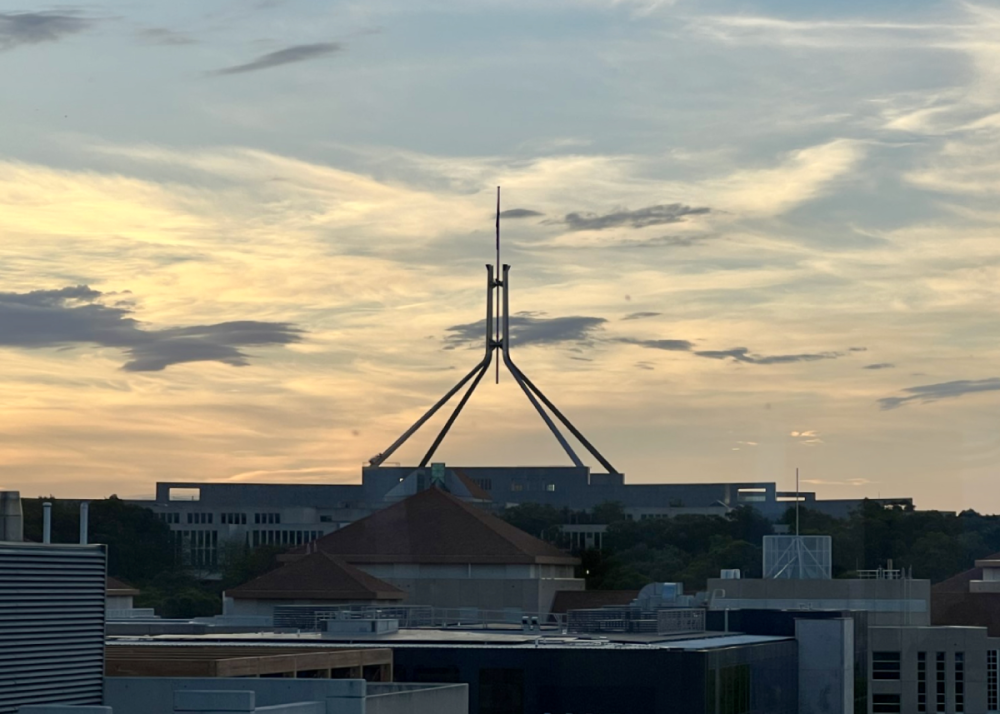
Rory Linehan
During a recent visit to my hometown and Australia’s capital, Canberra, I couldn’t help but notice the cavalcade of motorcades, Association of Southeast Asian Nations (ASEAN) flags and excitement in the air, as the leaders of ASEAN descended on Australia to celebrate the 50th anniversary of ASEAN-Australia Dialogue.
The Summit was remarkable in many ways. It represented the strong relationship between ASEAN countries and Australia and shared values. At their closest points, Australia and ASEAN are just 90 miles apart. They share rich government, cultural and economic linkages.
The Leaders’ Vision Statement underscored the shared commitment for a rules-based regional order in the Indo-Pacific, underpinned by the UN Convention on the Law of the Sea (UNCLOS). This was a not-so-subtle response to many ASEAN members concerns with China’s aggression in the South China Sea. It demonstrates the impressive trade ties between ASEAN and Australia, empowered by the Australia-New Zealand-ASEAN Free Trade Agreement (AANZFTA). Australia’s two-way trade between Australia and ASEAN is larger in nominal terms than in its two-way trade with the United States. However, it also underscored a significant structural challenge in the economic relationship. Australian investment in ASEAN represents under 3% of total Foreign Direct Investment (FDI) in ASEAN. Canada, a similar sized economy but geographically far removed, has over double Australia's stock of FDI in ASEAN.
Australia and ASEAN: A Partnership for the Future
The Summit was an opportunity to take stock of the important and growing relationship between Australia and ASEAN and to set its course for the next 50 years.
There were a series of tangible outcomes to address the structural barriers to the relationship and strengthen ties for years to come. Chief among them was the announcement of an AU$2b (US$1.32b) Southeast Asia Financing Facility to boost Australian investment in clean energy and infrastructure across ASEAN. There were also a series of defense, intelligence and regional governance announcements that will further enhance ASEAN-Australia’s relationship and shape the Indo-Pacific’s security and economic architecture.
While it remains to be seen if Australia’s investors, powered by the world’s 5th largest pool of pension funds, will be incentivized enough to increase their investment footprint in the region, the Summit was remarkable not only for Australia and ASEAN but the evolution of America’s greatest diplomatic strength, its alliances.
The US’ Hub and Spoke Alliance Model
The US National Defense strategy calls the US network of alliances its “greatest global strategic advantage”.
In the Indo-Pacific, the US’ alliance network developed as a ‘hub and spoke’ model whereby its security (and to a lesser extent, economic) relationships are underpinned by bilateral treaties connecting the spokes (treaty partners) to the hub (the United States). The US’ six regional bi-lateral security alliances include Australia, Japan, Korea, New Zealand, the Philippines, and Thailand. The US also has regional Free Trade Agreements with Australia, Korea, Singapore, and a Trade Agreement with Japan. Conspicuously, the US does not participate in any Indo-Pacific multi-lateral security alliances (like it does with NATO in Europe) or multi-lateral free trade agreements (like it does with Mexico and Canada in North America), nor do its formal alliances include growing regional heavyweights such as India and Indonesia.
The hub and spoke model developed following World War II, represents a time where the US was the uncontested regional economic and security hegemon. As the world economy has grown since the Second World War, so too have the economic and security capabilities of the countries of the Indo-Pacific, relative to the US. In an era of increased contestability and limited resources, there are increasing calls for the hub and spoke model to evolve to encourage greater multilateralism and for the hubs to increase ties with one and other. Indeed, the US’ Indo-Pacific Strategy reinforces this sentiment, seeking to “modernized long-standing alliances and…[increase] collective capacity” to advance a free and open Indo-Pacific.
A Welcome Evolution
As Washington focuses inward during an election year, the Australia-ASEAN Summit is a welcome milestone of the positive evolution of the hub and spoke alliance model. The Summit strengthens ties between hub and spoke partner, Australia and the Indo-Pacific’s most important multilateral organization, ASEAN.
It’s an example of increasing collective capability in ways that the US cannot do bi-laterally. The outcomes at the Summit will advance the US’ work to create a free and open Indo-Pacific without committing additional scarce US resources to the cause. Australia can operate in ways the US is currently unable to, including through multi-lateral trade agreements such as the the Australia-New Zealand-ASEAN Free Trade Agreement and the Regional Comprehensive Economic Partnership. This will help ensure US interests are advanced in the region even in fora which it does not participate.
The Australia-ASEAN Summit is just one of many ways the US alliance system is evolving in the Indo-Pacific. In recent years, the Australia-Japan Security Agreement, the Quadrilateral Security Dialogue and The American–Japanese–Korean trilateral pact are reflective of the evolution of the hub and spoke model to bring in additional partners such as India and strengthen ties between spoke countries.
As the US hurdles towards one of its most contested elections in living memory that may fundamentally change the way it engages with the world, the evolution of the hub and spoke alliance model is not only most welcome, but also much needed.
About the Author

Rory Linehan
Stakeholder and Partnerships Engagement Consultant, Executive Office, Inter-American Development Bank

Wahba Institute for Strategic Competition
The Wahba Institute for Strategic Competition works to shape conversations and inspire meaningful action to strengthen technology, trade, infrastructure, and energy as part of American economic and global leadership that benefits the nation and the world. Read more
